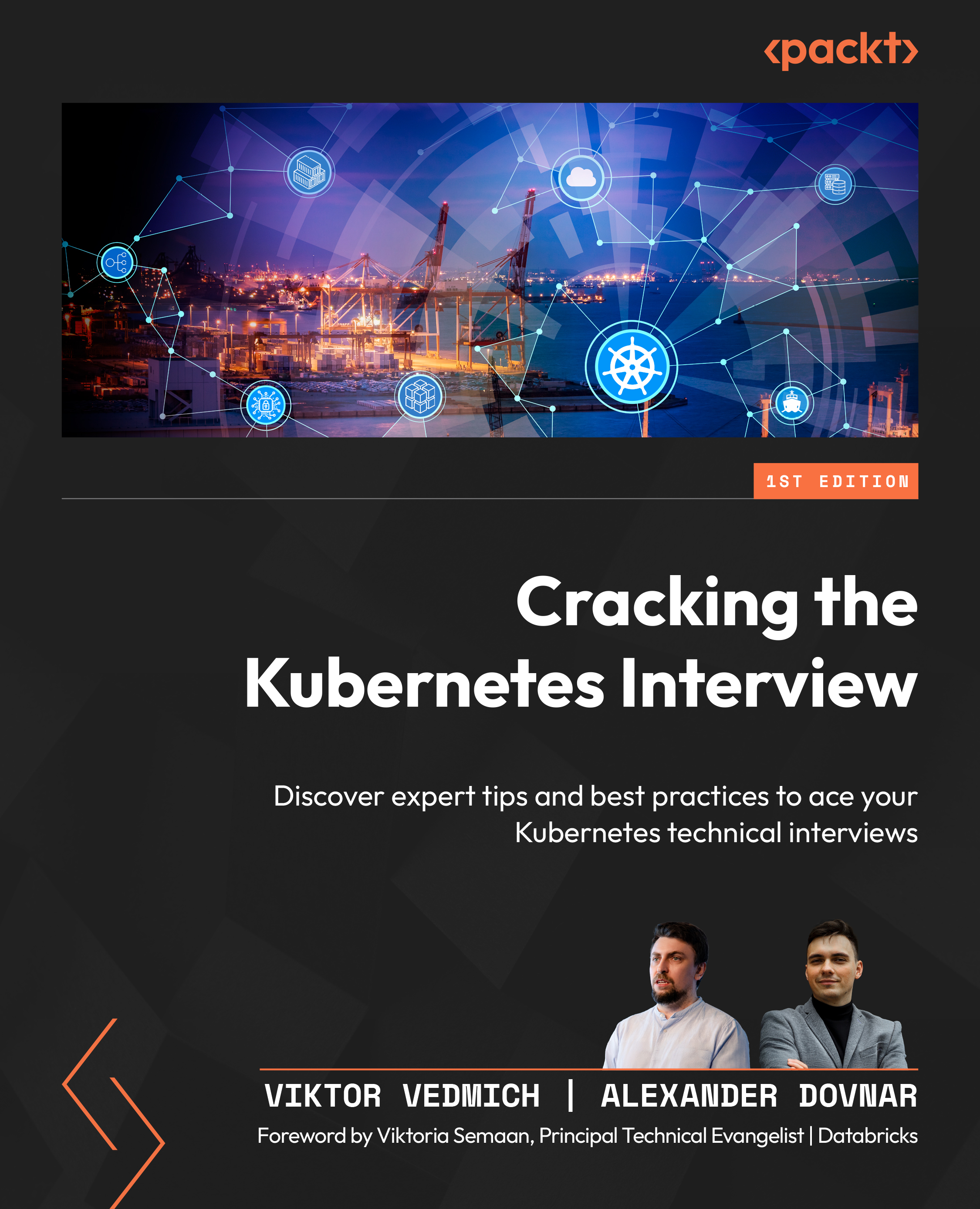Managing and deploying a cluster
Understanding the components of a Kubernetes cluster is the first step. The next is learning how to interact with and operate it. In this final section, we’ll shift from architecture to practice, covering how you communicate with the cluster and the fundamental models for deploying one in the real world.
Interacting with the Kubernetes API
You can interact with the Kubernetes API in three primary ways. There are different methods to interact with the Kubernetes API, such as using the kubectl command-line tool, client libraries, or making HTTP requests directly to the API server. Here’s a breakdown of how you can interact with the Kubernetes API using these methods:
kubectlcommand-line tool:kubectlis the primary command-line tool for interacting with Kubernetes clusters. You can use it to perform various operations on the cluster, including creating, updating, and deleting resources, as well as inspecting...

































































